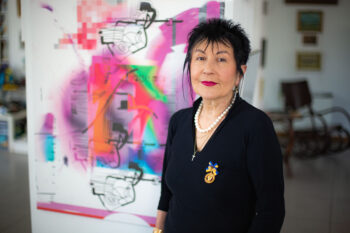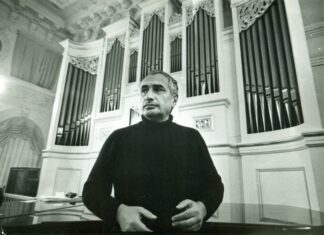CHESTNUT HILL, Mass. (Boston College) — The story of the Tellalian Collection, and its voyage to Boston College, is interwoven with the stories of two Armenian-American families — the Kelekian art dealers of New York City and the Tellalian collectors of Newton, Mass. This offers the broad contours of their stories.
By the turn of the twentieth century, the Armenian art dealer Dikran Garabed Kelekian had swiftly become a world-renowned purveyor of Coptic, Islamic, and classical art, with shops and galleries in Paris, London.
His business clients included the likes of John D. Rockefeller, Louisine and Henry Osborne Havemeyer, and Henry Walters; indeed, much from their private collections are now on display at institutions such as the Metropolitan Museum of Art in New York City and the Walters Art Museum in Baltimore, in large part due to Dikran Kelekian’s facilitation of the original sales.
In old age, Dikran was painted by the likes of Milton Avery, John Graham, Hans Moller, Walt Kuhn and André Derain. His friendships with fin de siècle artists are exemplified most, perhaps, by the fact that his son Charles was painted not once, but twice by the legendary Mary Cassatt. (Her portrait of Charles, aged 10, is at the Walters; her portrait of Charles, aged 8, is at the Metropolitan Museum of Art in New York City.)
A New York Times article, reporting on his death in 1951, described him as “the dean of American collectors.” When he died and his New York business passed down to his son Charles, the elder Kelekian’s indelible mark had been left upon not only the collections that would ultimately wind up at the Met, the Walters, and elsewhere, but also on the art world as a whole.

By the mid-1970s, Charles Kelekian had left his own indelible mark on the art market. His own 1982 obituary in the New York Times described him, like his father, as the “dean of antiquities dealers in the United States.”










